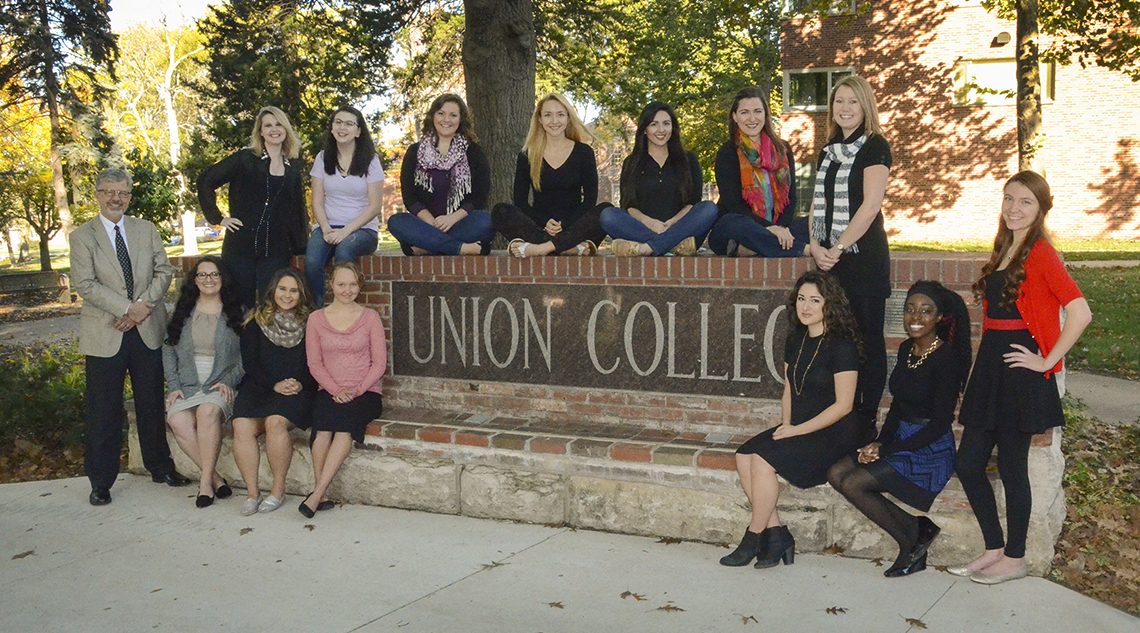God is a diversity fanatic. Look around. Every retina, every snowflake, every galaxy is unique. Not content with a firefly and a potato bug, God conjured up 300,000 species of beetles and weevils.
The salient question emerges: unity or uniformity? For life on planet Earth, the chasm between the two choices yawns infinitely wide.
- Unity is based on internals. Uniformity is based on uniforms.
- Uniformity is a melting pot. Unity is a fruit salad.
- Unity builds a restaurant menu. Uniformity maintains, “I must like everything on the menu. Otherwise, that item is gone.”
- Uniformity drives the precise speed limit—in the fast lane.
- Unity is creative. Uniformity is coercive.
- Uniformity wears black. Unity wears periwinkle and auburn and forest green and buttercup and fuchsia.
- Unity promotes encouragement. Uniformity produces criticism.
- Uniformity is one race, one gender, one age, one orientation, and one socioeconomic level. Unity is not.
- Unity is a functioning body. Uniformity is all eyes.
- Uniformity breeds deception and fear. Unity fosters courage and compassion.
- Unity honors conscience. Uniformity erects creeds.
- Uniformity works toward a goal, but the trip is riddled with suspicion and as bitter as bug spray. Unity progresses joyfully.
- Unity is music. Uniformity is formulas.
Adolph Hitler demanded uniformity. Jesus of Nazareth propels unity.
Our grace-filled paradox
Those in the church who disagree with us are not The Enemy. It’s all We here. We who believe different things, go to different schools, work at different jobs, eat different foods, wear different clothes, listen to different music, celebrate different holidays, watch different shows, speak different languages and dialects, vote for different candidates, and live in different neighborhoods. Our diversity-fan God shows us our church can be immensely different and still be We.
We are immersed in the sublime paradox of grace, resonant with random meaning, thick with life’s marrow. Succumbing to God’s kindness, We discover ourselves and enjoy the bright journey.
Continuing education
Instead of stopping at the Holiness “R” Us superstore, We can realize that fellowship takes place not among perfect people but among honest ones. People who profess no allegiance to Christ can exhibit Christian behavior, just as those who claim to be Christian can misbehave in unchristian ways. But what a beautiful congruence takes place when God’s daughters and sons freely respond, “Yes, I will love as Jesus loves,” and actually do it.
Who are We? As a continuing education student, I am learning to cherish what is central over what is peripheral. We can determine for ourselves what is central.
You can be an E. G. White Adventist or a Red Letter Adventist. You can be a guardian Adventist or a seeker Adventist. You can be a Church Manual Adventist or a biblical social justice Adventist. You can be a Netherlands Adventist or a Namibian Adventist. You can be an ADvindicate Adventist or an Adventist Today Adventist. You can be a headship Adventist or (yes) a women’s ordination Adventist. You choose.
As Barbara Kingsolver notes, “And then if you’re lucky, you’ll find a way to live inside that hope, running down its hallways, touching the walls on both sides.” Ps. 16:11 describes, “In [God’s] presence there is fullness of joy.”
I have decided not to be a Madventist, a Sadventist, a Dadventist (“because my parents are”), a Fadventist or a Badventist. I am a Radventist, following the radical (literally “to the root”) life and teachings of Jesus of Nazareth, the Founder and Professor Emeritus of Diversity University.
—
Chris Blake is an associate professor of English and communication at Union College. He has won numerous national awards for writing and editing and is the author of hundreds of published articles and many books. This story is part of a series called “Who are we?” from the February 2016 print edition of OUTLOOK, our annual special issue produced by Union College students.










